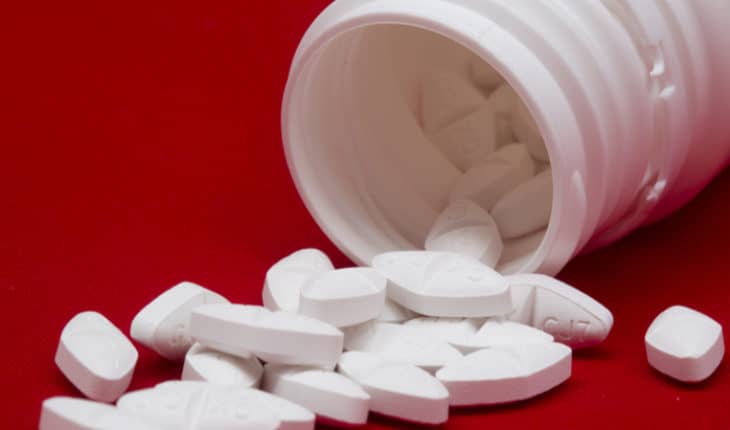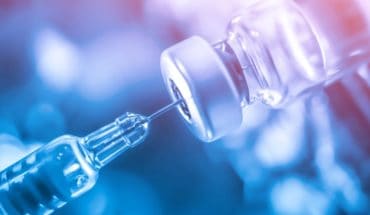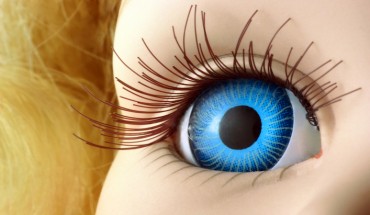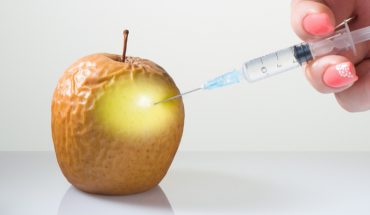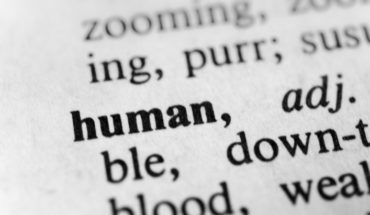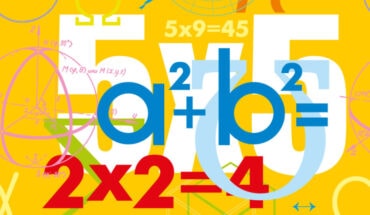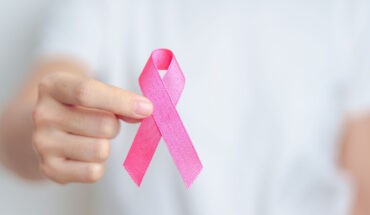Ambitious annual target on HIV treatment could be achieved for equivalent of just one month of global spend on HIV drugs
The Make Medicines Affordable campaign is calling for a widespread switch from patented to generic HIV drugs so that at least 95% of those living with HIV globally would be able to receive treatment.
- New research released today at the AIDS 2020 Virtual conference explores the grave impact of patent monopolies on access to lifesaving HIV drugs – and global spending.
- Just four weeks of the current global sales of brand name HIV drugs ($2bn) could treat 95% of people living with HIV for a whole year.
- Because of unfair patent monopolies, in 2020 only two countries have been able to achieve the treatment coverage required by UNAIDS to meet its 95-95-95 Fast Track Strategy – which could prevent 74,000 mother-to-child infections, 335,000 deaths and 594,000 new HIV infections worldwide each year
Important new data has been released today, 9 July 2020, by a research team from the University of Liverpool, supported by the Make Medicines Affordable campaign. It highlights how extended patent monopolies are a barrier to globally inclusive HIV treatment – despite the availability of much cheaper generic drugs.
Make Medicines Affordable works to bring down the cost of antiretroviral drugs (ARVs) to enable access to treatment for people living in middle-income countries, which have a dual burden of high HIV prevalence and high drug prices. Patent monopolies in a number of countries have added to the 2019 $36.25bn ($700m per week) global spend on HIV drugs.
This new research reports that a widespread switch to generic drugs would make it possible to treat 95% of people living with HIV, which includes an additional 11 million people, for just $2bn per year.
The ongoing impact of the global COVID-19 pandemic has amplified the need for decisive action to support communities affected by HIV where health services are overwhelmed, treatment and prevention programmes are disrupted, and resources – including funding – are diverted. Providing lifesaving drugs at equitable prices in as many countries as possible could help get these vital programmes back on course.
Currently, the worldwide 95-95-95 targets set by UNAIDS (i) (the Joint United Nations Programme on HIV/AIDS) are unlikely to be met by 2030, such that:
- 95% of people living with HIV will know their HIV status;
- 95% of people with diagnosed HIV will receive antiretroviral therapy;
- 95% of all people receiving therapy will have viral suppression.
Even with effective and affordable treatment for HIV, the current global treatment rates fall well short of these targets and over half a million adults are still dying every year from HIV-related illnesses (ii).
The new research suggests that a key, contributory factor is the extortionate prices charged for patented drugs – which bars comprehensive treatment across the globe.
Shockingly only two countries in the world, Rwanda and Namibia, have achieved the treatment coverage required to meet these UNAIDS targets.
In countries where HIV drugs are not under a patent, generic alternatives are being produced and exported for a fraction of the cost. Significantly, access to generic alternatives leads to dramatically reduced expenditure and better health – since more people are receiving HIV treatment for less money.
The cost for treating 95% of all people living with HIV with generic drugs – $2 billion dollars per year – versus the current global pharmaceutical sales of branded drugs – $2 billion dollars a month – shows how generics are economically impactful – and potentially lifesaving.
The WHO-recommended first-line regimen, tenofovir, lamivudine, dolutegravir (TDF/3TC/DTG) (iii) could be produced for as little as $59 per person per year, while comparable combinations under patent are being sold at $38,628 (ABC/3TC/DTG) and $41,249 (TAF/FTC/BIC) per person per year in the USA respectively. This stark difference emphasises dramatic overspending.
These important statistics were released today at AIDS 2020 Virtual [6 – 10 July], the world’s largest virtual conference on HIV.
If the 95-95-95 targets were met, Make Medicines Affordable estimates that 74,000 mother-to-child infections, 335,000 deaths and 594,000 new infections would be prevented each year. These figures are impossible to ignore – yet high prices for patented drugs remain a barrier to treatment in many countries, preventing the world from treating all.
Dr. Andrew Hill, Senior Visiting Research Fellow, Department of Translational Medicine, University of Liverpool, UK, comments: “The annual cost of 95-95-95 treatment coverage is equivalent to only four weeks of global sales of HIV drugs at current prices; significant savings could be made by switching to quality-assured generics. This is based on the generic costs for a combination therapy (TDF/3TC/DTG) recommended by the World Health Organization for all stages of antiretroviral therapy. Generic drug access is paramount to reduce HIV infections and deaths.
“The UNAIDS target is frequently described as ‘ambitious’. What this data shows is that in fact, it’s achievable. It’s not about cutting the original pharmaceutical companies out of the market; they can still compete alongside generic companies, and profitably, but after decades we can end HIV as a global health crisis.”
Othoman Mellouk, Make Medicines Affordable campaign lead, adds: “Unmerited and overlapping patents have extended monopolies and pushed drug prices up for years. What we now know from these figures is that countries have been over-charged by at least $34.25 billion per year. A principal reason for the existence of the treatment gap is that current over-pricing means that health budgets can’t stretch. This has led to countries rationing treatment and using sub-optimal treatment regimens with more toxicity and side-effects. This is the wrong way to look at it. HIV treatment can be affordable, but the decision has to be to put an end to profiteering and instead put public health first.
“Essential treatment is viewed in boardrooms as a lucrative business. Business can no longer be a priority; tackling today’s global health crises must be placed ahead of pharmaceutical companies and shareholders’ financial goals. We know treatments for HIV, TB, COVID-19 and all life-threatening illnesses can be manufactured affordably if patent barriers are removed.” (iv)
Sergey Golovin, ITPCru, Make Medicines Affordable coordinator for Eastern Europe and Central Asia, adds: “Access to optimal HIV treatment is severely restricted in many countries in our region. In Kazakstan the price of patented dolutegravir is set at $1400 per person per year and even this level was achieved thanks to compulsory licensing pressure from the government. This still prohibitive pricing meant the government could only procure a little over 2200 treatment courses in 2019, whereas the need is at least 5 times as many. Similarly, in Belarus, the cost is 1300USD per person per year and the government procured DTG for only 540 patients, less than 5% of what is needed. Due to this dire situation, civil society organizations in Belarus and Kazakhstan are advocating for governments to issue compulsory licenses which would allow more affordable generic versions to be accessed.” (v)
- RV3-BB rotavirus vaccine at birth boosts microbiome - 8th May 2025
- No Mind Left Behind: Support the Carers - 4th May 2025
- Climate change causes longer pollen seasons in capital cities - 4th May 2025
